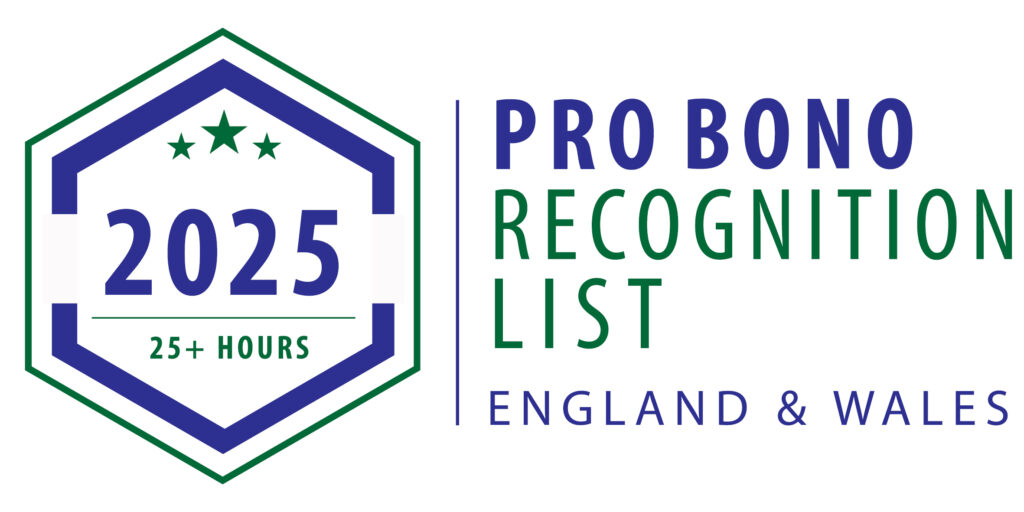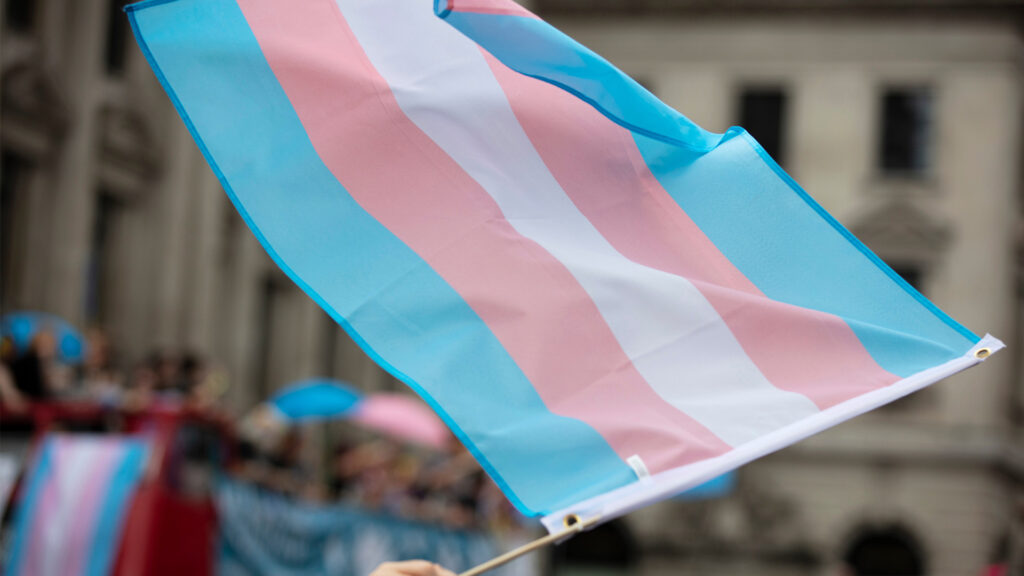The recent High Court case of Hyde and another v Djurberg and others [2024] EWHC 1188 (Ch) raised some important considerations in relation after acquired property under the Insolvency Act 1986 (“the Act”). David Garner and Owen John from our Commercial Disputes team discuss this in more detail below.
What is after acquired property?
After-acquired property refers to any property (excluding income) which is acquired during the bankruptcy. The bankruptcy refers to the period between the bankruptcy order’s making and the bankruptcy discharge. The definition of “property” is wide and can include, for example, inheritance received by the bankrupt from a family member.
The bankrupt is under an obligation to notify the trustee in bankruptcy (TiB) or the Official Receiver of the after acquired property within 21 days of becoming aware of its existence.
What s307 permits the TiB to do
Under Section 307 of the Act, the TiB may by notice in writing claim for the bankrupt’s estate any property which has been acquired by, or has devolved upon, the bankrupt since the commencement of the bankruptcy (i.e. they can claim the after acquired property in question). Once such a notice has been served on the bankrupt, the property to which the notice relates shall vest in TiB as part of the bankrupt’s estate; and the TiB’s title to that property vests from the date the property was acquired by the bankrupt.
Time limits to serve under S.309
The time the notice may be given under S.307 is outlined in S.309 of the Act.
Except with the leave of the court, a notice shall not be served outside a period of 42 days beginning with the day on which it first came to the knowledge of the TiB that the property in question had been acquired by, or had devolved upon, the bankrupt.
Possible defences for third parties
If after acquired property ends up in the hands of a third party, there may be defences open to that third party depending on the circumstances.
Section 307 (4) of the Act sets out that the TiB is not entitled to a remedy against that third party (or any subsequent third party) where they have acquired the property in good faith, for value and without notice of the bankruptcy. Ultimately, this will come down to the facts of the particular case; however, it may well be difficult for any party connected to the bankrupt to meet this criteria. It is not enough merely to show that they were unaware of the bankruptcy.
Hyde v Djurberg: case background
Mr Djurberg was made bankrupt in September 2021. At the time, he lived in a property known as the Chalet. The Chalet was sold to a third party in February 2022, with Mr Djurberg and his son still in occupation. The buyer subsequently commenced possession proceedings against Mr Djurberg. The proceedings were discontinued when a settlement was reached. Mr Djurberg and his son were to vacate the Chalet and in return they were to be paid circa £217,000 under a settlement agreement. The buyer, Mr Djurberg and his son entered into a Settlement Agreement in July 2022 (i.e. after the bankruptcy order), and the sum of £217,000 was paid to solicitors instructed by Mr Djurberg’s son.
Mr Djurberg’s trustees in bankruptcy found out about the Settlement Agreement and the payment of the sum of £217,000 shortly thereafter. The trustees served after-acquired property notices on Mr Djurberg and his son under Section 307 of the Act.
After receiving the sum of £217,000 from his solicitors, Mr Djurberg’s son affected several payments within a matter of days to various other associated parties. Those parties, in turn, also transferred the monies onwards within a matter of days. Some payments were made to unrelated third parties for goods or services, including paying a deposit and a year’s rent in advance for a property that Mr Djurberg and his son occupied after leaving The Chalet.
The trustees managed to secure about a quarter of the sum of £217,000 by obtaining proprietary freezing injunctions against the recipients of the monies, and then bought substantive proceedings against Mr Djurberg, his son, and the associated recipients seeking declaratory relief as to the monies being after-acquired property, and orders for the delivery up of the monies and any assets purchased with the monies.
Mr. Djurberg’s son claimed that he was beneficially entitled to the whole settlement payment and was entitled to it as compensation, and he could therefore dispose of it as he chose to. Ultimately, the court rejected this argument, including on the basis that the evidence in support was vague and based solely on the mere fact that he was a party to the settlement agreement (but had no legal or beneficial interest in the Chalet).
Consequently, the Court determined that the settlement payment was “after acquired property” of Mr. Djurberg within the meaning of s307 of the Act, the TiBs gave valid notices, and as such the settlement payment vested in them. Further, none of the third-party respondents were able to sufficiently demonstrate that they were purchasers for value, in good faith and without notice and therefore s307 (4) was of no assistance to them.
Our thoughts
This is an issue and provision that does not frequently come before the courts; however, it is an important reminder to bankrupts of their obligations during the period of their bankruptcy. Likewise, it demonstrates the wide powers given to the TiB under the Act, and how difficult it can often be for third parties to sufficiently evidence that they can rely on the defence contained within s307.
If you need additional information or support in your situation, our specialist insolvency litigation team can help. Get in touch with our team of expert lawyers for bespoke advice.




